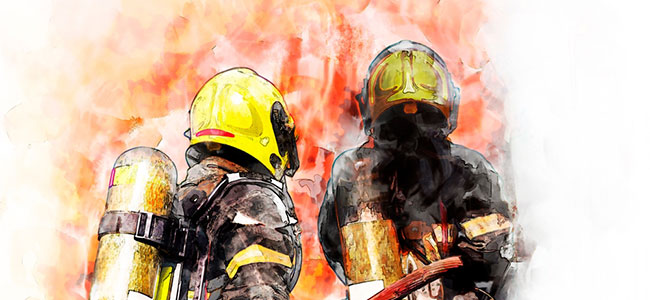
Page 2 of 3
Top Mistakes in Addressing Thermal Hazards
That aside, the potential damage of this approach to organizational reputations is significant. Sure, most industrial fires escape public scrutiny. But what about blazes that spread to surrounding areas or pollute the air? What about blasts? Explosions? All of them fall under the umbrella of “thermal hazards” too, and their impacts on public perception as well as operations can be devastating.
- Cutting staff out of the conversation.
When it comes to safety and risk, company hierarchies make little difference. Regardless of title or tenure, any person that interacts with industrial equipment or comes into the environment should not only be given proper protective equipment but should also participate in thermal hazard risk mitigation training and be held to the same rules and regulations.
Lower-level employees can be invaluable to managers looking to firm up their thermal hazard risk mitigation protocols. Due to employees’ operational knowledge, they have insight into areas or processes that contribute to thermal hazard incidents that managers may lack, such as which equipment sparks, where liquid pools can form and more. In turn, these employees should be a risk manager’s first stop when evaluating the efficacy of existing or proposed guidance in practice.
- Ignoring extenuating circumstances.
It's easy to view fires and other thermal hazards as isolated risks related only to the flammables and ignition sources within the facility, but there are many other factors that can play a role in these events. Facility culture, changing regulations, process adjustments, scientific findings, new employees and a wide range of other factors can all change the potential for ignition within an environment.
Furthermore, external climate and environmental factors may also play a role. Fluctuations in temperature can lead to volatility in stored chemicals, dry conditions can fuel fires, wind can contribute to growing blazes and wildfires can come knocking on a facility’s doors despite their best efforts to prevent ignition on the floor. If a facility’s thermal hazard mitigations don’t consider these factors, it’s likely to be exposed.
Thwarting Thermal Hazard Risk
Remediating these mistakes will generally hinge on shifting operational mindsets related to these risks. Traditionally, the approach to fire risk management has been rooted in the idea of fire as an inevitability, with mitigation efforts centered on reactive measures designed not to prevent fires from starting, but rather from mitigating their impact when they do start.